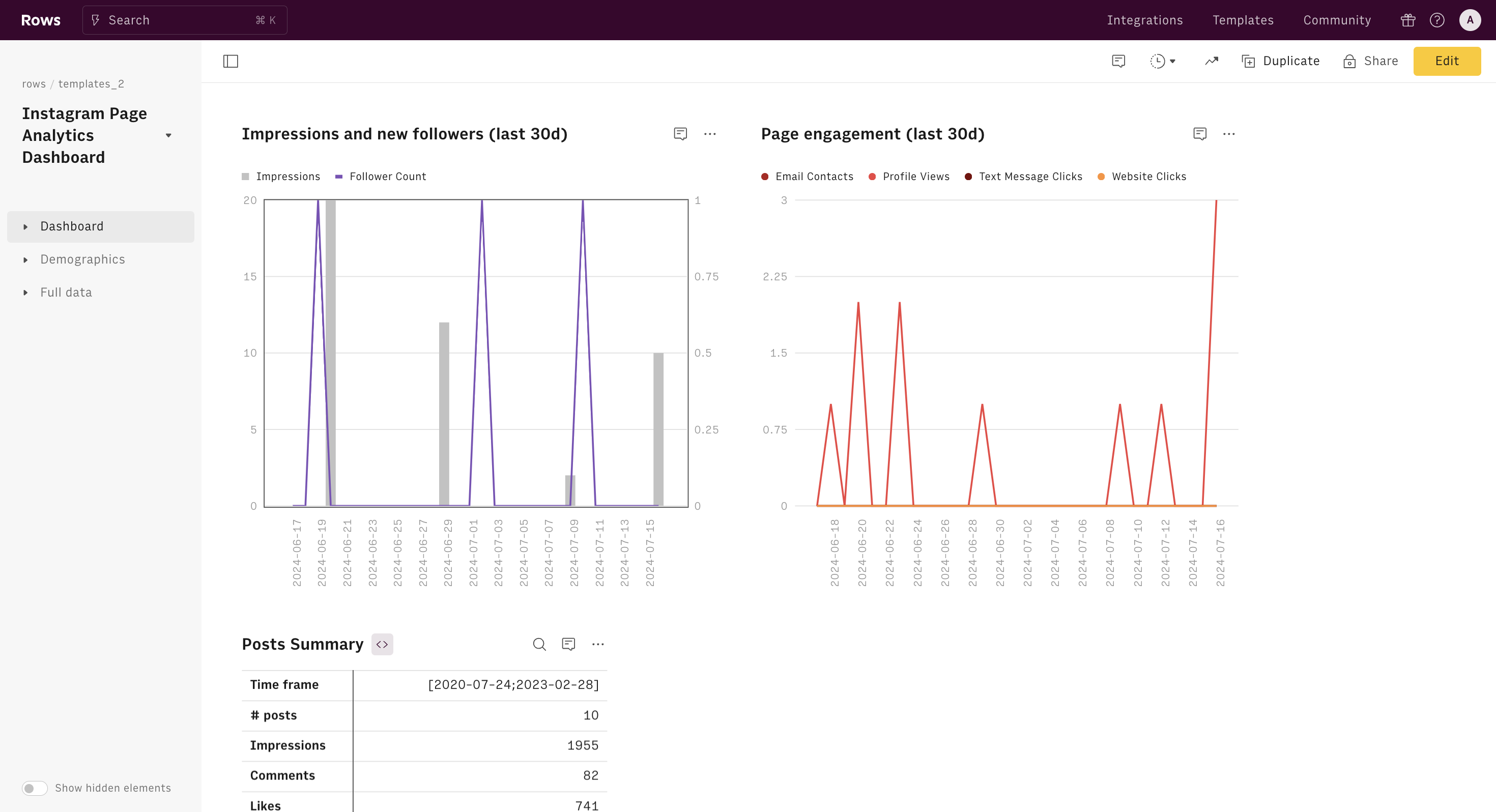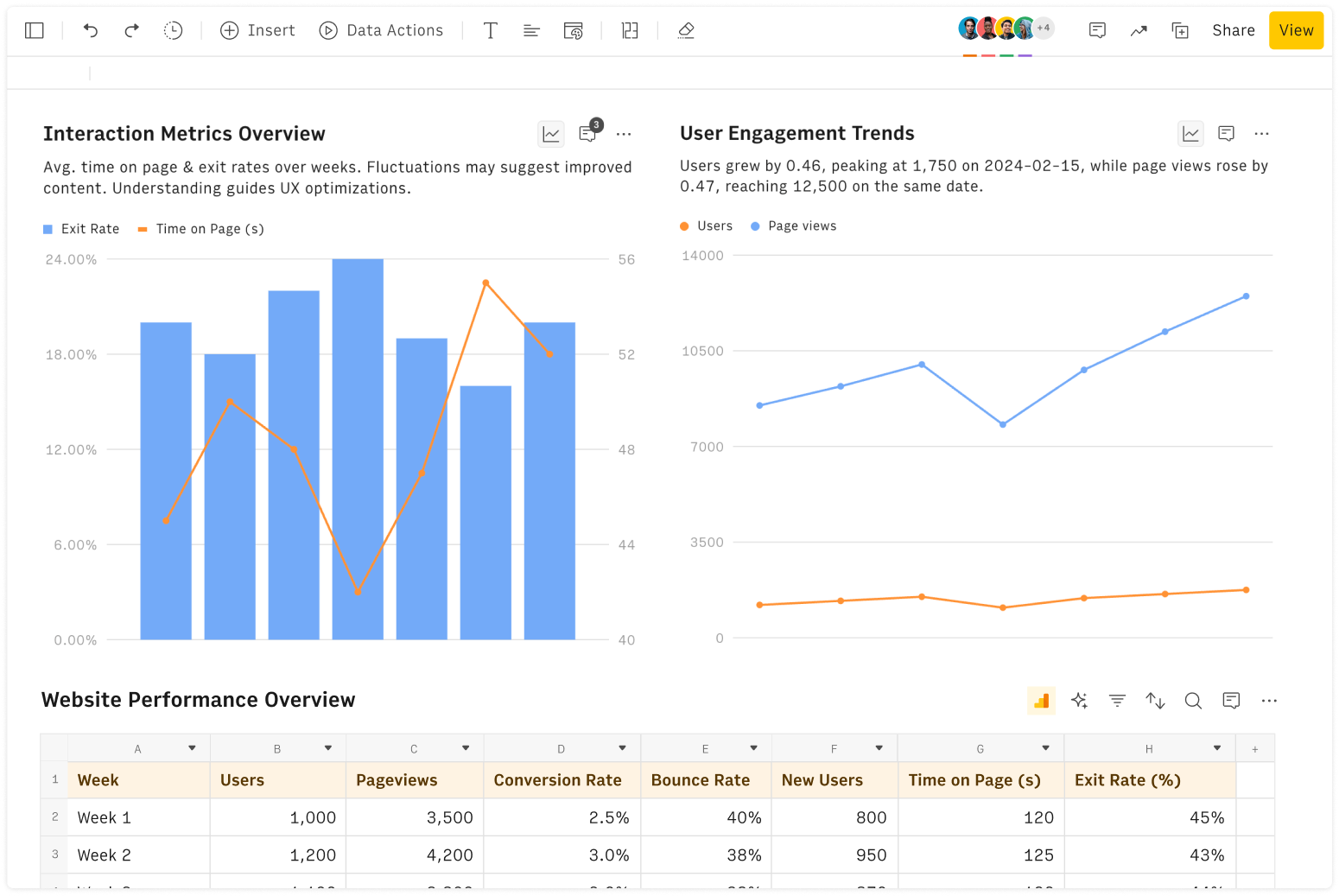Check Air Quality in Your City
Understanding the air quality in your area is essential for maintaining a healthy environment for yourself and your community. With this tool, you can quickly assess the air quality in any city, enabling you to make crucial decisions to protect your health and well-being during outdoor activities.
How This Tool Works
Our air quality checker tool is powered by the OpenWeatherMap API. The tool utilizes Rows GET() function to perform API calls that retrieve the latest air quality data for any city you specify.
All you need to do is input the city and country , and the tool will provide you with the current AQI and detailed information on key pollutants.
How Does the AQI Work?
The Air Quality Index (AQI) is a standardized system used worldwide to measure and report air quality levels. It provides a clear way to understand how clean or polluted the air is, and what associated health effects might be of concern for you. The AQI focuses on the health risks associated with various levels of air pollution, making it an essential tool for individuals and businesses alike.
AQI Basics for Ozone and Particle Pollution
The AQI is divided into categories, each corresponding to a different level of health concern. These categories are color-coded to make it easy to understand the air quality at a glance. Below is a breakdown of the AQI levels and what they mean for you:
Daily AQI Color | Levels of Concern | Values of AQI Index | OpenWeatherMap API AQI Index | Description of Air Quality |
|---|---|---|---|---|
Green | Good | 0 to 50 | 1 - Good | Air quality is satisfactory, and air pollution poses little or no risk. |
Yellow | Moderate | 51 to 100 | 2 - Fair | Air quality is acceptable. However, there may be a risk for some people, particularly those who are unusually sensitive to air pollution. |
Orange | Unhealthy for Sensitive Groups | 101 to 150 | 3 - Moderate | Members of sensitive groups may experience health effects. The general public is less likely to be affected. |
Red | Unhealthy | 151 to 200 | 4 - Poor | Some members of the general public may experience health effects; members of sensitive groups may experience more serious health effects. |
Purple | Very Unhealthy | 201 to 300 | 5 - Very Poor | Health alert: The risk of health effects is increased for everyone. |
Maroon | Hazardous | 301 and higher | 5 - Very Poor | Health warning of emergency conditions: everyone is more likely to be affected. |
The Major Pollutants
The Environmental Protection Agency (EPA) has established an AQI for five major air pollutants regulated by the Clean Air Act. Understanding these pollutants is crucial for interpreting AQI values and protecting public health. The five major pollutants include:
Ground-Level Ozone: Often referred to as smog, it’s a harmful pollutant that forms when pollutants emitted by cars, power plants, and other sources react chemically in the presence of sunlight.
Particle Pollution (PM2.5 and PM10): Particulate matter, including dust, dirt, soot, and smoke, poses significant health risks, particularly to the lungs and heart.
Carbon Monoxide: A colorless, odorless gas that can cause sudden illness and death if inhaled in high amounts.
Sulfur Dioxide: Produced by volcanic eruptions and industrial processes, it can cause respiratory problems and contribute to the formation of acid rain.
Nitrogen Dioxide: Another traffic-related pollutant, which can irritate airways and lower resistance to respiratory infections.
Frequently Asked Questions (FAQ)
What Index is Good for Air Quality?
A good AQI is typically in the range of 0 to 50. At this level, the air quality is considered satisfactory, and air pollution poses little or no risk to health.
What is the Normal Range for the Air Quality Index?
The normal range for the AQI is between 0 to 100. Air quality within this range is generally acceptable, although some people, especially those who are unusually sensitive to air pollution, may experience health effects at the higher end of this range.
Why is Particle Pollution (PM2.5) Particularly Concerning?
PM2.5 particles are small enough to penetrate deep into the lungs and even enter the bloodstream. Prolonged exposure to high levels of PM2.5 can lead to serious health problems, including heart and lung diseases.
What Should I Do When Air Quality is Poor?
When air quality is poor (AQI over 100), it's important to take precautions to protect your health:
Limit Outdoor Activities:
Reduce or avoid outdoor activities, especially strenuous ones. If you must be outside, try to do so during times when air quality is expected to improve, such as early morning or late evening.
Stay Indoors:
Keep windows and doors closed, and use an air purifier if possible. Staying indoors can reduce your exposure to harmful pollutants.
Wear a Mask:
Consider wearing a mask that filters out particulate matter, especially if the AQI is particularly high or if you have respiratory issues.
Monitor Air Quality:
Keep an eye on the AQI and any health advisories issued by local authorities.
Consult with a Doctor:
If you have pre-existing health conditions like asthma or heart disease, follow your doctor's advice and have any necessary medications on hand.







